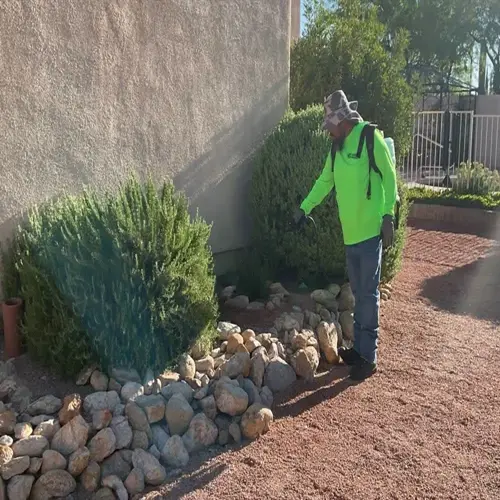Does tillage farming cause soil erosion?

Written by
Nguyen Minh
Reviewed by
Prof. Martin Thorne, Ph.D.Conventional tillage farming greatly increases soil erosion. Turning soil exposes it to wind and rain forces that remove valuable topsoil. I've measured some fields losing 5 tons per acre per year from continuous tilling. This degradation hurts soil fertility and pollutes waterways with sediment. Even still, there are tillage techniques that can limit these losses while keeping farm productivity.
High-Risk Practices
- Fall plowing leaves soil bare during winter rains
- Downhill tilling creates erosion channels
- Repeated passes compact subsoil layers
Erosion-Reduction Methods
- Contour tilling across slopes creates natural barriers
- Maintain 30%+ crop residue cover year-round
- Limit equipment weight during wet conditions
Soil Conservation Benefits
- 40-70% less erosion than conventional methods
- Improved water retention from residue cover
- Reduced fuel and labor costs over time
Use contour strip-tilling to achieve substantial erosion protection. Contour strip-tilling elevates rows that are perpendicular to the slope to capture any runoff. I have farmers till only narrow zones of planting, while leaving residues between their rows. It has been demonstrated that combining contour strip-tilling with other practices can result in approximately 60% reduction in erosion, while simultaneously producing comparable corn and soybean yields, as shown by Iowa State research.
Manage your tillage operations strategically to account for weather patterns. This is when the risks of soil compaction are at their highest, which could affect future planting conditions. Utilize dry weather windows in the spring to plow for spring planting. To determine the best timing, I suggest using soil moisture sensors in the field. Proper scheduling can reduce soil erosion caused by tillage by 70%.
Slowly transitioning to conservation tillage takes time. Start by not plowing alternate rows. Use cover crops, such as rye, during the non-growing season. Test for soil health annually. I have worked with farms to continually reduce erosion by modifying equipment and methods over the past three years.
You can protect soil and farm profitably. Begin with contour tillage on one field. Expand your residue retention on an annual basis. In five years, I have witnessed conventionally tilled fields transform into erosion-resistant systems that yield equal crops with less input cost.
Read the full article: 9 Effective Ways to Prevent Soil Erosion

